Photosynthesis and Van Helmont Experiment
By: HWC
Date Uploaded: 03/29/2020
Tags: homeworkclinic.com Homework Clinic HWC Photosynthesis Van Helmont Experiment chlorophyll autotrophs heterotrophs aquatic plant prokaryotic Eukaryotic tree meat
All energy on Earth comes from a star, the Sun. Light must travel 160 million kilometers to reach Earth where plants capture this light energy and convert it to chemical energy in the form of sugars. This biochemical process is called PHOTOSYNTHESIS. The summary equation for photosynthesis is shown here. Carbon dioxide from the atmosphere, plus water, in the presence of light and chlorophyll found in plants, produces sugars and releases oxygen into the atmosphere as a byproduct of these reactions. Plants and other photosynthetic organisms like algae are termed autotrophs, because they can make their own food, while animals, termed heterotrophs, must obtain their food from other sources. During the metabolism of food molecules, animals and plants give off carbon dioxide and water. This is the aquatic plant, Elodea, which is undergoing PHOTOSYNTHESIS. Mouse over the bubbles on the leaves to identify their chemical nature. These bubbles are the oxygen gas that is being released during photosynthesis. When the Earth was formed several billion years ago, its atmosphere did not contain oxygen. The development of an oxygen-containing atmosphere only occurred after PHOTOSYNTHESIS had evolved in the earliest prokaryotic organisms. Eukaryotic plants eventually evolved from aquatic ancestors (green algae) and formed the oxygen-rich atmosphere that the Earth currently possesses. The concept that some organisms can manufacture their own food was not an intuitive idea to the scientific thinkers of the 17th century. Animals could easily be observed eating various foods, a type of nutritional acquisition known as heterotrophy. But how did plants get their food? In the 17th century , Jan Baptista van Helmont, a Belgian physician and scientist, constructed an experiment to test how plants "feed". This is how he described his experiment: "I took an Earthen Vessel, in which I put 200 pounds of Earth that had been dried in a Furnace, which I moystened with Rain-water, and I implanted therein the Trunk or Stem of a Willow Tree, weighing five pounds. . ." and at length, five years being finished, the Tree sprung from thence, did weigh 169 pounds, and about three ounces: But I moystened the Earthen Vessel with Rain-water or distilled water (alwayes when there was need) and it was large, and implanted into the Earth, and least the dust that flew about should be co-mingled with the Earth, I covered the lip or mouth of the Vessel with an Iron-Plate covered with Tin, and easily passable with many holes. "I computed not the weight of the leaves that fell off in the four Autumnes. At length, I again dried the Earth of the Vessel, and there were found the same 200 pounds, wanting about two ounces. Therefore 164 pounds of Wood, Barks, and Roots, arose out of water onely." Of course Van Helmont's conclusion was wrong because he was unaware of the exact composition of air and that the weight gain had actually occurred because the plant had used the carbon dioxide in the atmosphere to form sugars or "tree meat."
Add To
You must login to add videos to your playlists.
Advertisement





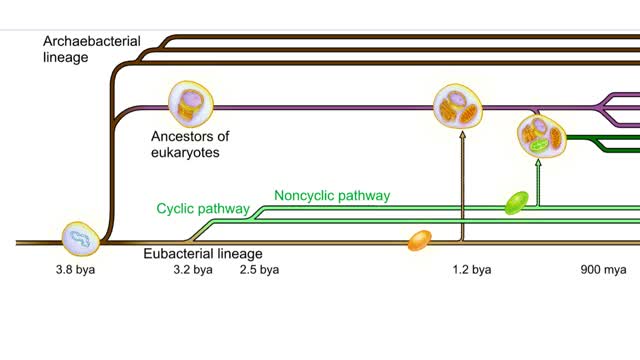
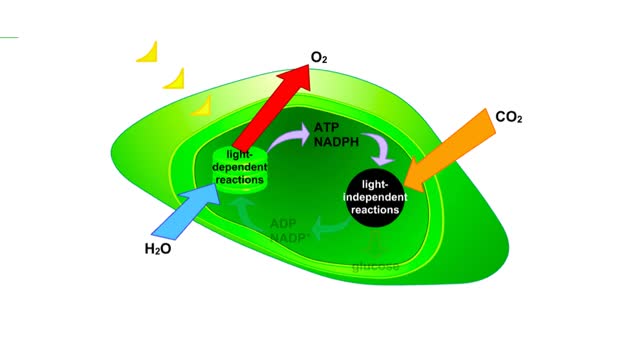
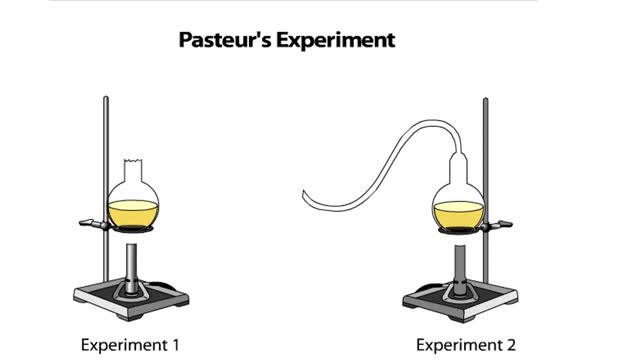
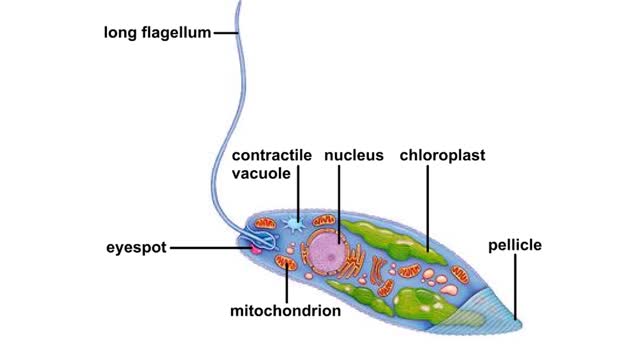

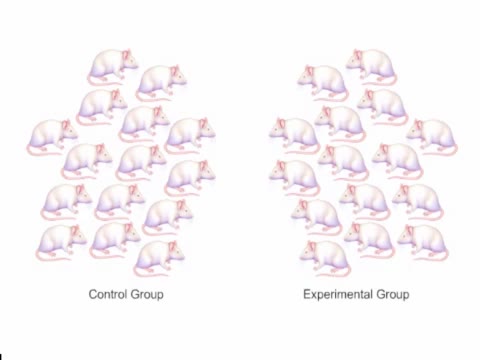

Comments
0 Comments total
Sign In to post comments.
No comments have been posted for this video yet.